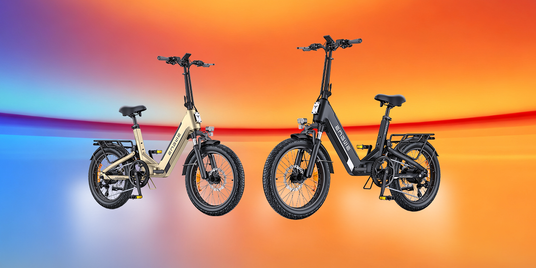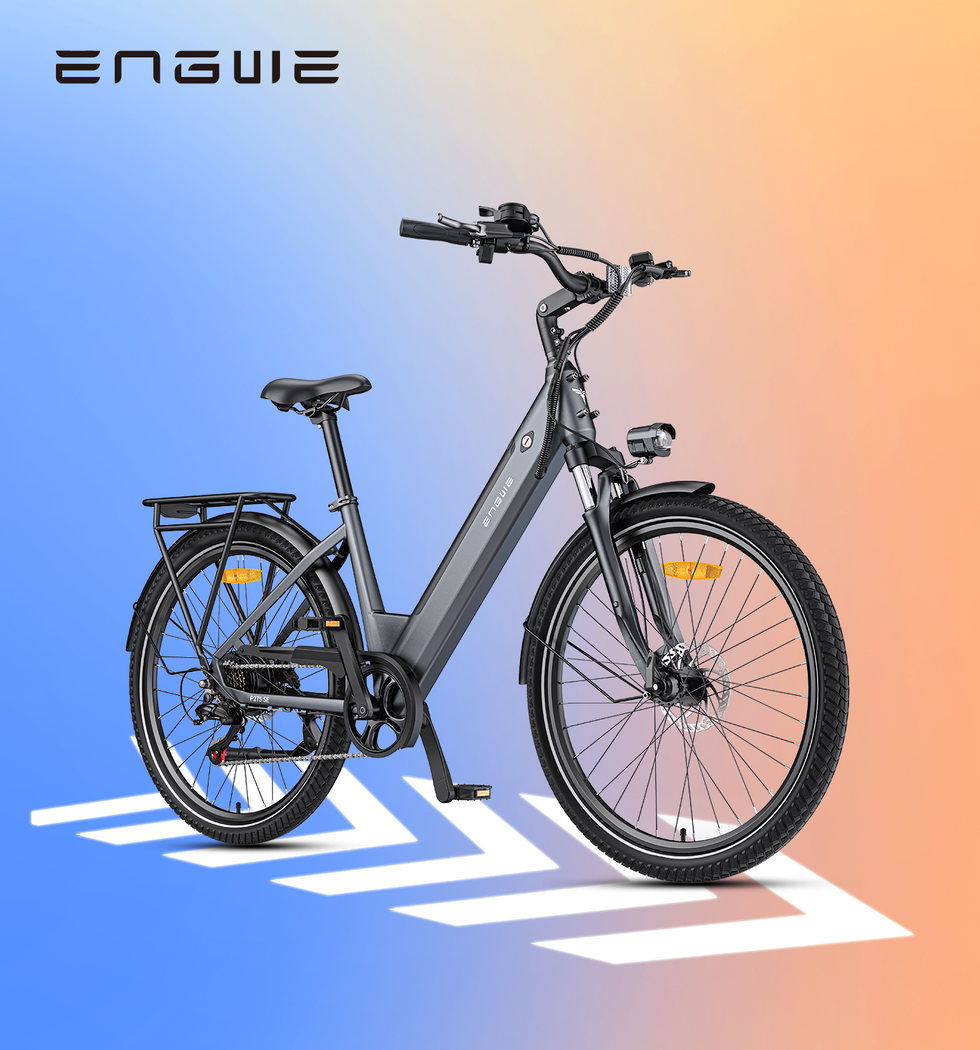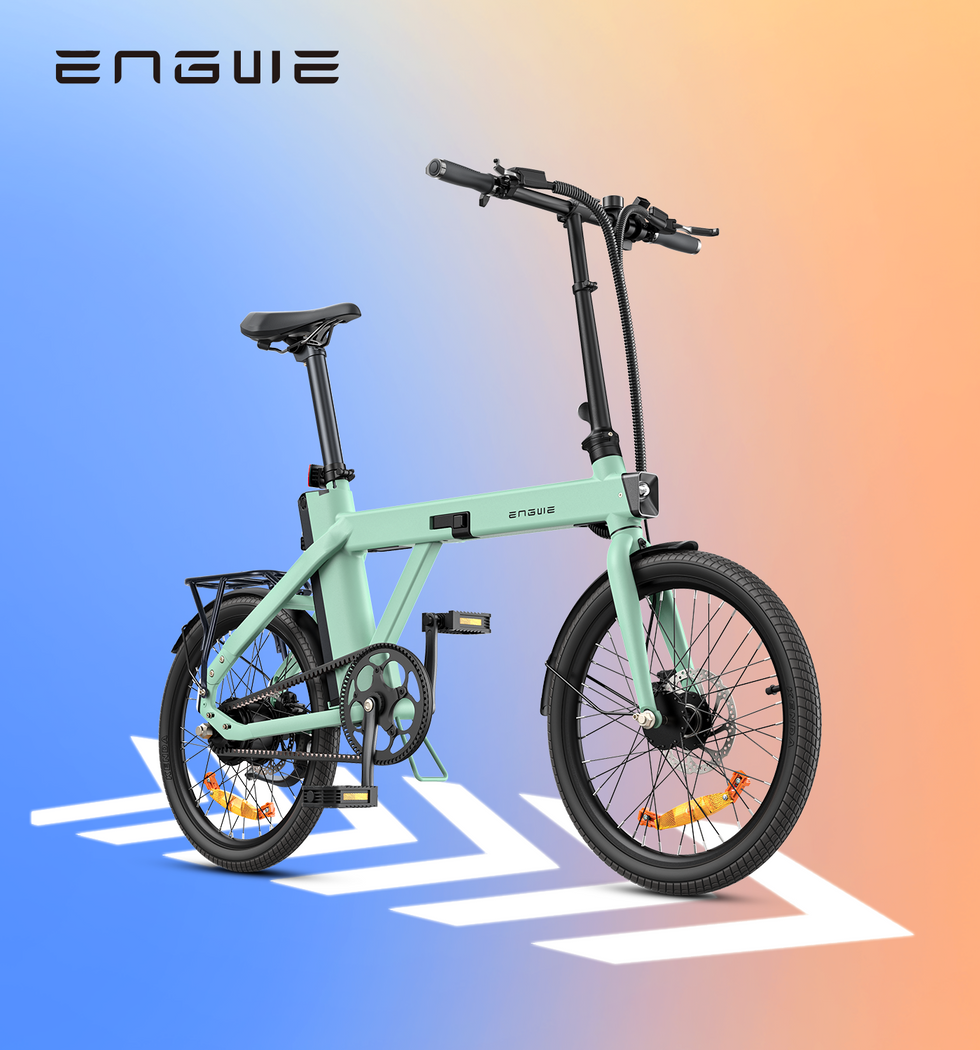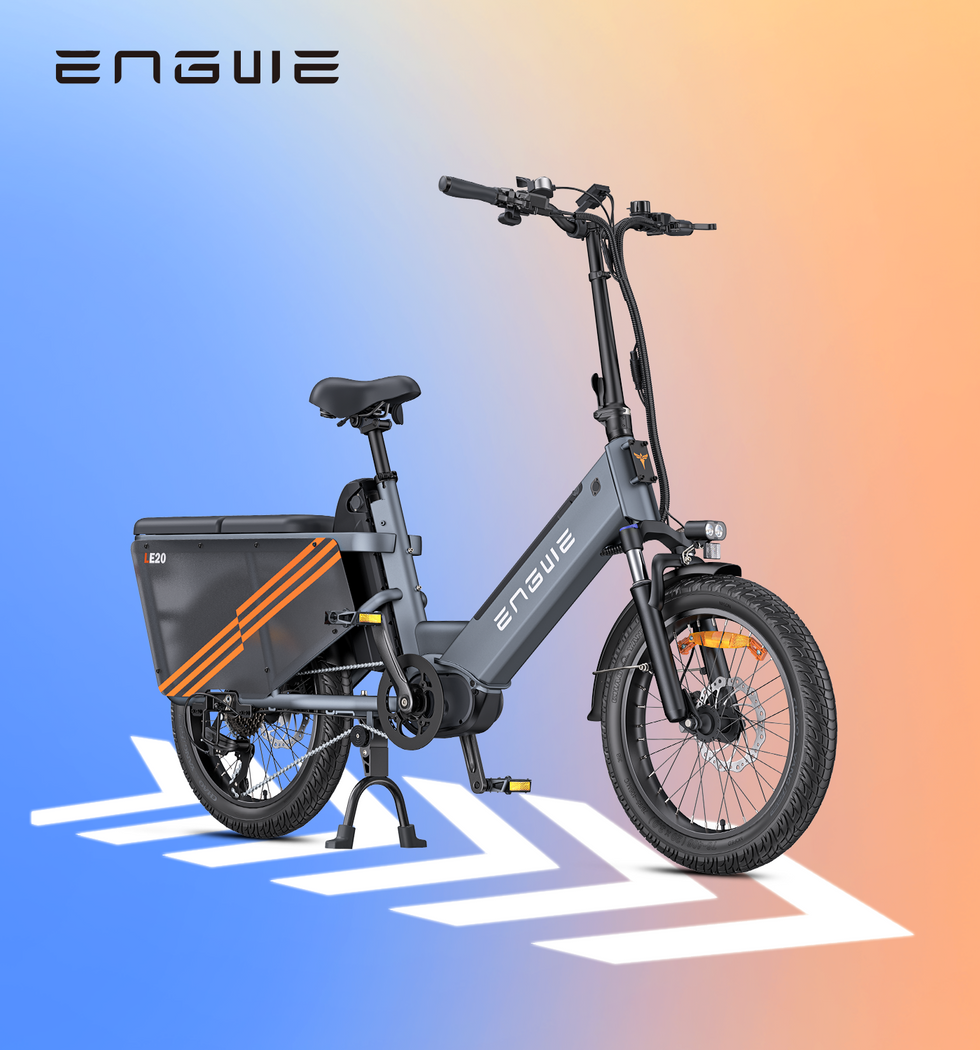The concept of an electric bike is freedom. It glories in flattened hills, windy commutes and the ability to venture farther afield than ever before. Yet for a lot of shorter women, the experience of shopping for them is deeply frustrating. On the showroom floor, we’re used to seeing these big, heavy bikes, with high crossbars that you can barely get over, much less feel like they can actually be controlled and safe. It can seem as if the whole industry has been created for somebody a foot taller. This is not merely about comfort; it is also about confidence and control. The perfect electric bike is out there for you, and it doesn’t have to be on stilts, or a leap of faith to get on. This guide is here to cut through the noise, hone in on the features that actually make a difference, and leave you feeling empowered to find a bike that will suit not just your height, but your life.
The Core Conundrum: Why Regular E-Bikes Fall Short of Perfect
Continue reading for all those solutions, but first, let’s pinpoint the exact issues that shorter riders traditionally have to deal with. The primary issue is geometry. A lot of e-bikes are made with a “one-size-fits-most” attitude, which tends to leave out shorter riders (like anyone under about 5’4” (163 cm)). This expresses itself in various ways. First, the standover height (the measurement from the ground to the top tube) is often too high, meaning you can’t stand over the bike with your feet flat on the ground. This is a safety issue, and particularly dangerous when coming to a sudden stop in traffic. Second, the reach (the distance between your saddle and handlebars) can be too stretched out. This puts you into a stretched riding position, one that is far too uncomfortable and can lead to back and shoulder pain. Finally, there's the sheer weight. E-bikes are heavier in general than standard bicycles, by nature of the motor and the battery, and a badly balanced, too-big-for-your-body model is just no fun to fight against whether you’re trying to manoeuvre it, find a spot to park, or lift it onto a rack.
Your Must-Haves List: What to Consider
Forget the jargon for now and consider these five important areas. Getting these right will account for 90% of the difference between a bike that you tolerate and a bike that you love.
1. Standover Height is King
This is your number one consideration. You need to be able to put your feet flat on the ground and stand over the top of your bike's frame. This provides you with stability and balance when you are stopped. Seek out bikes with a low step-through or “easy entry” frame. This concept takes away the conventional high top tube, so you can get on this bike by just stepping through the frame, nothing more to say here. It's the biggest factor both for accessibility and confidence.
2. Easy Saddle and Handlebar Adjustments
Our customers are people, not machines. It should allow you to place the balls of your feet down while seated on the saddle. Search for 'Minimum Saddle Height' in your bike specs. Equally important are the handlebars. You don’t want too much of a lean forward. The adjustable handlebars come in closer and higher, which means a more upright, more comfortable posture that’s better for visibility, and it takes the strain off your back and wrists.
3. Don’t Overlook Wheel Size
The 26-inch and 28-inch wheels are popular, but a bike featuring 20-inch wheels is sometimes a best fit for shorter riders. Smaller wheels mean a shorter frame which lowers standover height, as well as improving stability and performance for smaller bodies. They also give the bike a more nimble, slack, urban feel. Don’t let the concept of small wheels fool you into thinking it’s a “lesser” bike; instead it’s usually a more intelligent one.
4. Reasonable Weight and Balance
A certain amount of weight comes with the territory on an e-bike, but it’s how the weight is organised that is key. A bike with its battery mounted low and centrally will feel far more balanced and easier to control than one with a heavy battery mounted high on a rear rack. And when you check the weight, think about your own situation. Will you have to lug it up any stairs? In the case of a foldable version, this can sometimes make it easier to transport and store and take the weight problem into consideration.
5. Freer Power Delivery
All electric motors are not created equal. For budget e-bikes, they are generally built with a cadence sensor, which allows for full power when an assist level is selected, as they only need to detect a percentage of rider input when doing so (often resulting in an abrupt punch-to-the-throat feeling). A much better control system, and better feel on the ride is a TORQUE sensor. It gauges how hard you’re pressing on the pedals and provides a corresponding dollop of assistance, just like the handling on an uneven road. You feel like it’s your strength being multiplied without being overpowered; intuitive and easy to control, the perfect ride for building confidence.

An Awesome Solution: The ENGWE EP-2 Boost
But when you put all the most important parameters into the pot to suit a short rider, one bike perfectly features all these specs in one amazing package, and that’s the ENGWE EP-2 Boost. This electric bike feels like it was created specifically to address the concerns we have raised. Its base is a smart step-through, foldable frame centred on wide 20 x 4.0-inch fat tyres. As soon as you hop on, this design results in a low standover height that a little rider can easily straddle, and because the wheels are smaller, a low centre of gravity lends the bike a feeling of functionality and stability. Where the magic happens, however, is in its performance. It boasts an advanced torque sensor that makes sure the power from the EU-legal 250W motor is applied super smoothly and intuitively, matching your pedalling input as you push through the gears for a ride that feels totally natural rather than jarring. If you need a little extra zip, such as pulling away on a steep hill, a tap of the Boost button delivers the full 55 Nm of torque from the motor. This mix of accessible design and responsive, controllable power is a huge shot of confidence. On top of this, it’s loaded with some great features: a removable battery with up to 120km maximum range, Shimano 7-speed gearing, and 180mm mechanical disc brakes that provide excellent stopping power. The frame also includes a kickstand mount and a rear rack, and also comes with mudguards and a pannier rack included. It is super portable as it easily folds down so that you can store and transport it without any hassle and discomfort—no more fussing about how you can fit a bike in a car or a hotel room!

| Feature | Specification |
|---|---|
| Frame | Step-through, Foldable |
| Tyres | 20 x 4.0-inch Fat Tyres |
| Sensor | Advanced Torque Sensor |
| Motor | EU-legal 250W |
| Torque | Up to 55 Nm with Boost |
| Battery | Removable, up to 120 km range |
| Gearing | Shimano 7-speed |
| Brakes | 180mm Mechanical Disc Brakes |
| Included Accessories | Kickstand, Rear Rack, Mudguards, Pannier Rack |
Outside the Frame: Other Factors to Consider
Once the core geometry is sorted, you can now focus on the details that will make your ride that much better. Good quality brakes are non-negotiable. Both mechanical and hydraulic discs stop better than old-school rim brakes, especially in foul weather. There are integrated lights that are powered by the main battery, which are a great touch and will ensure you’re never left in the dark. Being able to carry shopping, or even just turn up somewhere with a dry patch up your back rather than the streaky line from a puddle you've ridden through, is a considerable boon, and I'd also argue for a rear rack and mudguards if your bike is to be used for a very great deal of practical, everyday riding. And last but not least, a front suspension fork will help to soak up all those bumps and vibrations you might encounter, which in turn will make the journey a lot more comfortable, especially on the long haul or if the cycle paths you’ll be using are in need of resurfacing.

Making Your Final Decision
The best electric bike for short women is the one you hardly notice — because it just melds with you. It ought to inspire, not intimidate. Begin by honing in on that unshakable list of non-negotiables, with standover height right at the top of it. Compare models, noting minimum saddle height and overall geometry, based on manufacturers’ specs. A bike with smaller 20-inch wheels and a low step-through frame is almost always a good starting point. A torque sensor will give you a more enjoyable riding experience, while something as simple as a foldable frame can add a level of convenience you will enjoy every day. Go with your gut; the right bike will feel solid, comfortable, and prepared for adventure from the second you throw your leg over.
Frequently Asked Questions
1. Is a heavier electric bike significantly more difficult to ride?
No, as a matter of fact, once you start moving, the weight and lower centre of gravity of an e-bike can make it feel more stable and planted on the road than a traditional lightweight bike. The motor assistance completely cancels out the extra weight when pedalling. With weight, the problem isn’t riding it, it’s manhandling it: getting it on and off a kerb, carrying it up stairs or hoisting it on and off a car rack. This is where a smaller, more portable folding bike can make all the difference.
2. Would chunky tyres be suited to a shorter rider?
Yes, they are a great alternative. Wide tyres, like the 4-inch wide ones found on some models, are run at a lower pressure so they act as a form of natural suspension that rolls over bumps in the road. More significantly, their generous footprint provides remarkable stability and grip on virtually any kind of terrain, including city streets and gravel trails. This can also be quite confidence-inspiring, as the bike feels solid and less likely to be dragged down by potholes or uneven surfaces.
3. What is the absolute most crucial measurement I need to take?
Standover height. Certainly the most important measurement for safety and confidence. You should be able to stand astride the frame of the bike with your feet flat on the ground. Without this, you will never feel in control when stopping and starting. Just be sure to choose a low step-through type of frame for this to be a non-issue.
4. Do I even want front suspension at all?
Although not necessary for riding the bike across perfectly smooth roads, front suspension makes a huge difference to the general comfort levels. It absorbs impact from bumps, cracks and uneven surfaces, easing fatigue in your arms, shoulders and back. A good front suspension fork is a killer feature if you're planning on using it for more than just trips around town.
5. How good is a folding electric bike?
It’s a game-changer for a lot of people. If you live in a flat with no ground-floor storage, have to take your bike on a train, or would like to stick it in the boot of your car for a weekend away, a folding e-bike is the answer. It solves storage and transportation problems that can render owning an e-bike impractical for some. The newer folding system is fast and safe, so it is a really useful addition.
Choosing the right electric bike is never about settling, it’s about power.



